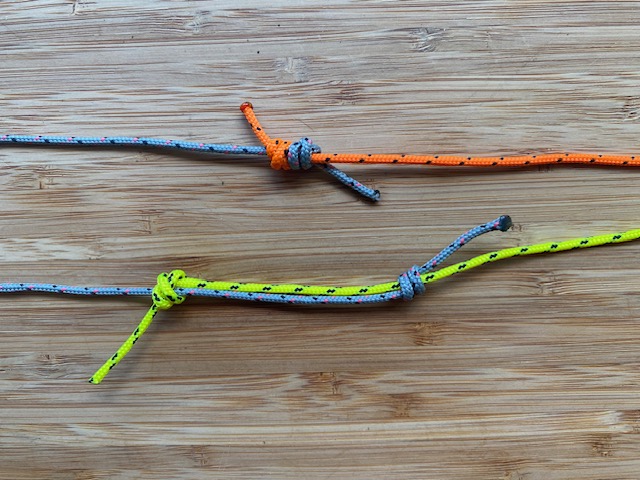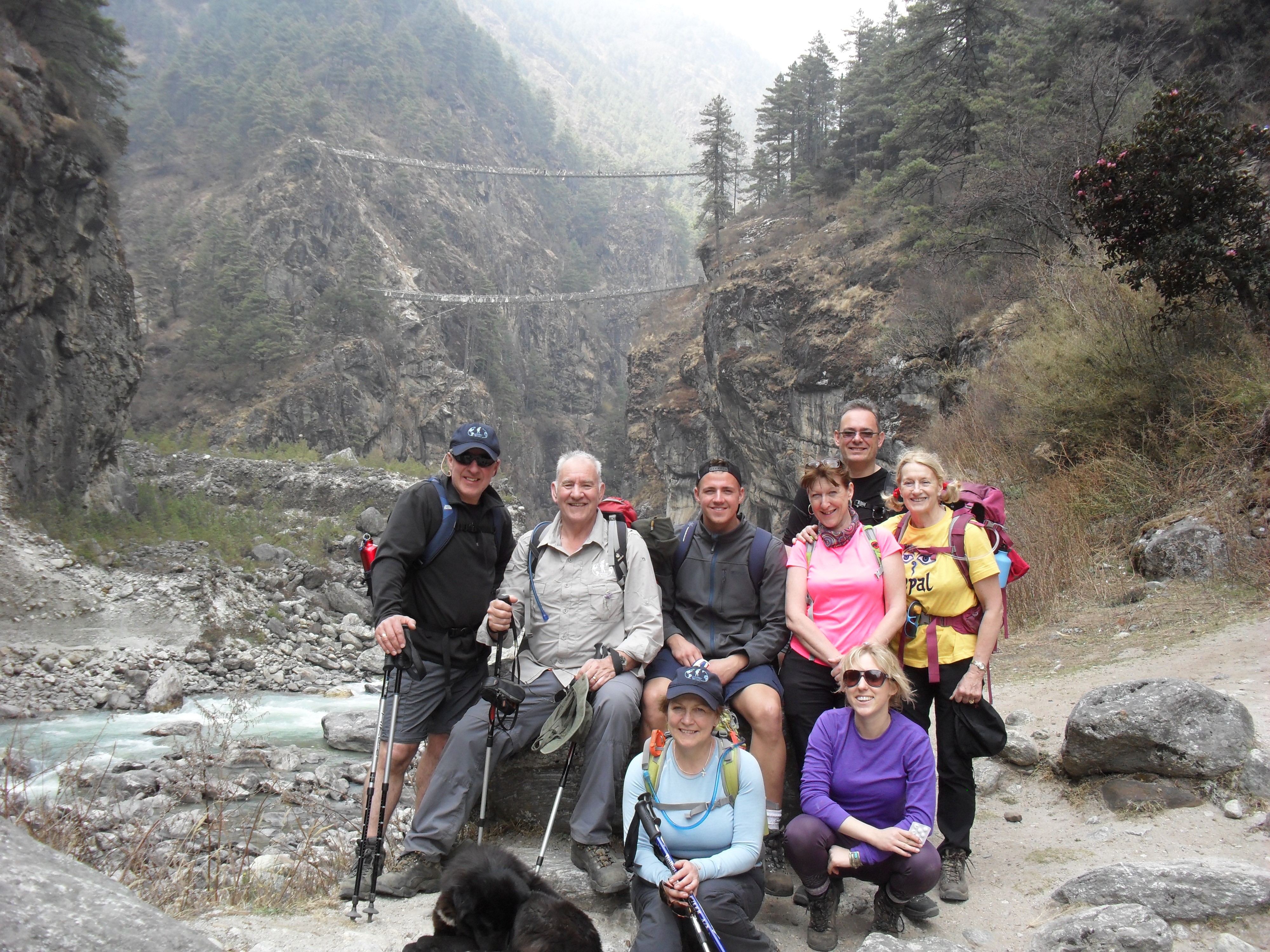
Double Fisherman’s Knot
The Double Fisherman’s Knot, also known as the Grapevine Knot, is a type of bend knot that is used to join two ropes together. It is a very secure and strong knot that is often used in climbing, boating, and other outdoor activities. The Double Fisherman’s Knot is a good choice for applications that require a strong and secure connection between two ropes. It is also known for its ability to resist twisting and cinching, making it a reliable choice for applications where the ropes may be subject to movement or stress. It’s relatively easy to tie and it’s a bit more secure than the simple fisherman’s knot. This knot is also used to make a loop on the end of the rope, which can be used to tie a load or to tie a rope to a tree or a post. It’s also used to connect two ropes of different diameters.
Tying Guide
- Overlap the Ends: Lay the ends of the two ropes or the ends of a single rope on top of each other. Make sure there is enough overlap for the knot to be secure (at least 12 inches or 30 cm).
- Create Loops: With one end, make a loop by wrapping it around the other rope. Leave enough length on the end to pass through the loops you’re about to create.
- Wrap Around Both Ropes: Take the end that you’ve looped and wrap it around both ropes, going over the second rope and then around both ropes again.
- Pass Through Loops: Feed the end through the loops you’ve created. You should pass it through both loops in the same direction. For the Double Fisherman’s Knot, it’s important to pass it through twice.
- Tighten the Knot: Pull both ends of the rope to tighten the knot. Ensure that the wraps and loops snugly cinch down on each other. The knot should be neat and compact.
- Trim the Ends: Once the knot is secure and tightened, trim the excess ends close to the knot. Leave a small tail to prevent the knot from unraveling.
Tips:
- Practice: It might take a few tries to get the hang of this knot, so practice it a few times to feel comfortable tying it.
- Even Wraps: Ensure that the wraps around both ropes are done evenly and consistently to create a balanced knot.
- Test the Knot: Always test the knot’s strength and security before relying on it for any critical task.
Remember, this knot is excellent for joining two ropes of similar size and material. It’s known for its security and strength but can be challenging to untie after being under tension; making it a valuable knot to know




